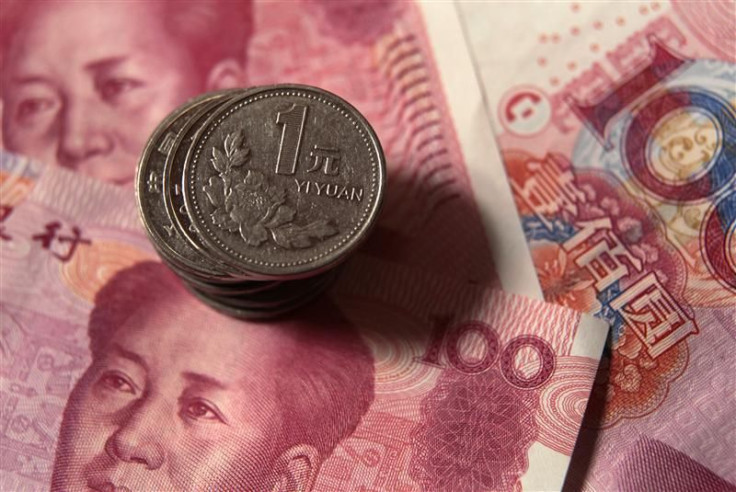China?s Banks Report Weak Growth Amid Slowdown In Economic Progress

Industrial & Commercial Bank of China (ICBC) and China Construction Bank Corp (CCB )reported a weak growth in the first quarter due to slowdown in the economy.
ICBC, which is the world's biggest bank by market value, reported 14 percent rise in profit while the profit of CCB rose by 9.2 percent.
The banks are planning to lend more to small businesses to increase their earnings growth. In recent months, China cut the percentage of cash reserves twice in a bid to spur lending to small businesses. The net new lending in March was the highest since January 2011, suggesting that monetary policy easing is starting to have an effect.
However, the slow pace of economic growth is seriously affecting their growth. China's gross domestic product growth slowed to 8.1 percent in the first quarter, the lowest rate in three years, due to soft global demand and reduced real estate investment in the world's second biggest economy.
The continuing debt crisis in Europe and the tentative US recovery have hurt demand for exports, the key driver of China's economy.
Beijing has already said that its goal this year would be promoting a steady and robust economic development, keeping prices stable and guarding against financial risks by keeping money and credit supplies at appropriate levels while being cautious and flexible.
Recent data suggest that demand from the US is still holding up, but the Eurozone debt crisis indicates that demand from Europe is unlikely to provide much support over the months ahead.
China is planning to ease monetary policy further to boost liquidity in the financial system and help the economy regain growth momentum it lost in recent times. The People's Bank of China is expected to boost interbank liquidity by reducing the cash reserve ratio (CRR) requirement for banks or the share of deposits lenders have to maintain with the central bank.
Meanwhile, the banks are facing more risk in lending to property developers with the fall of home prices. In March, new home prices declined in 46 out of 70 major cities. The speed of construction slowed down with sales weakening and inventory of unsold houses increasing.
It was earlier reported that CCB had instructed many of its regional offices to stop loans to small-sized developers. The large volume of unsold property on developers' books suggests that activity in the construction sector will remain weak and continue to affect the lending from banks.
© Copyright IBTimes 2025. All rights reserved.





















